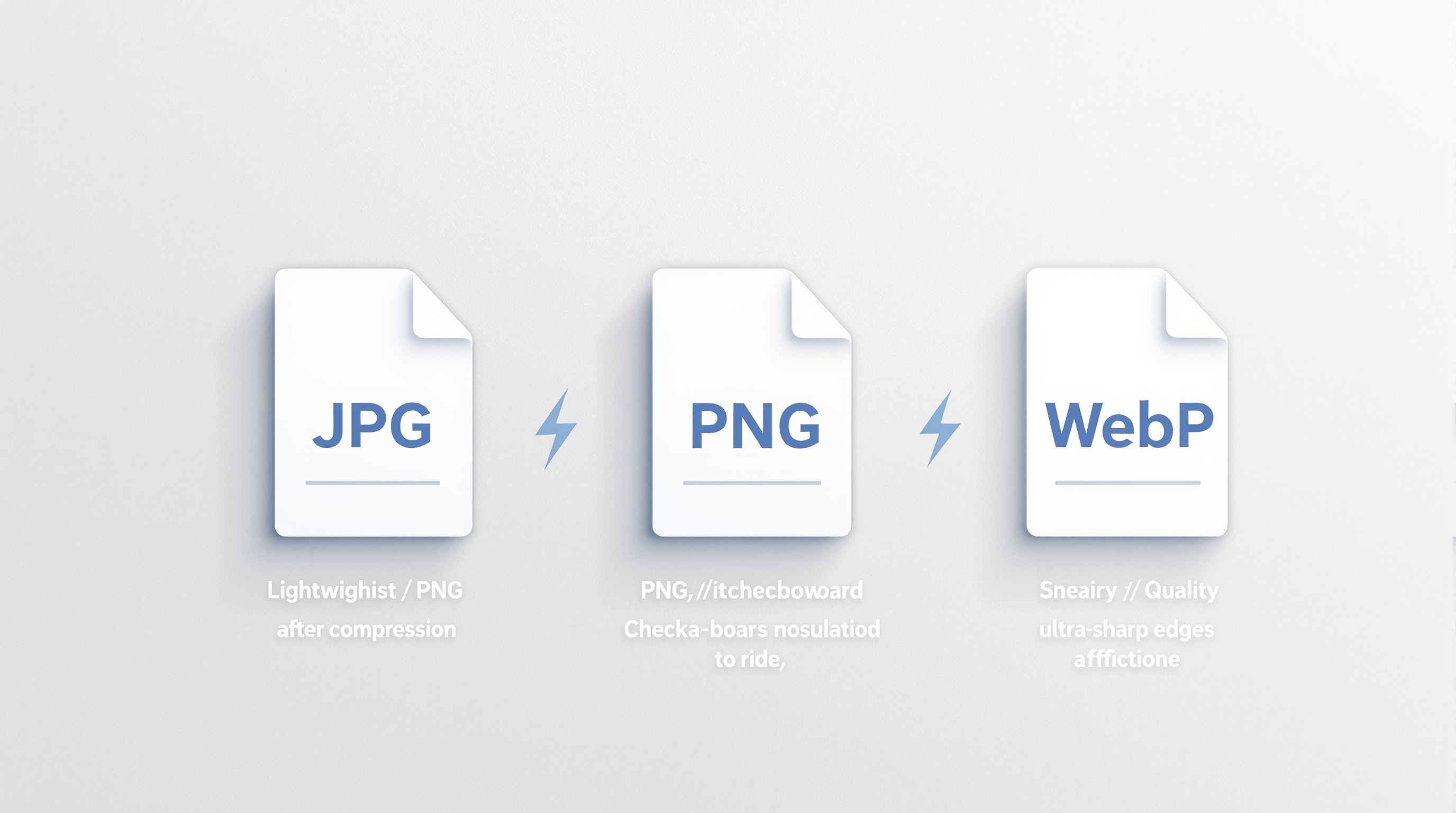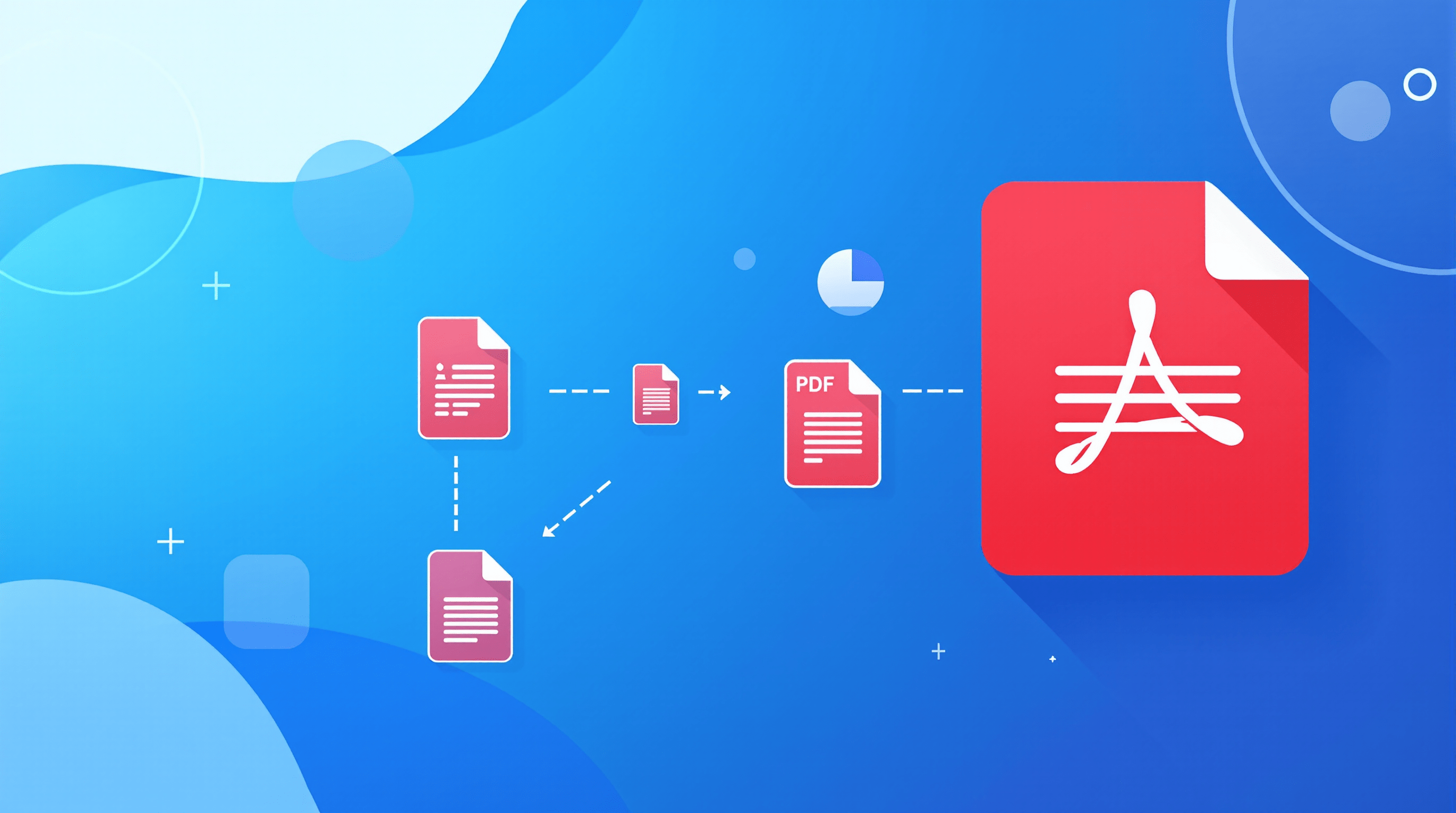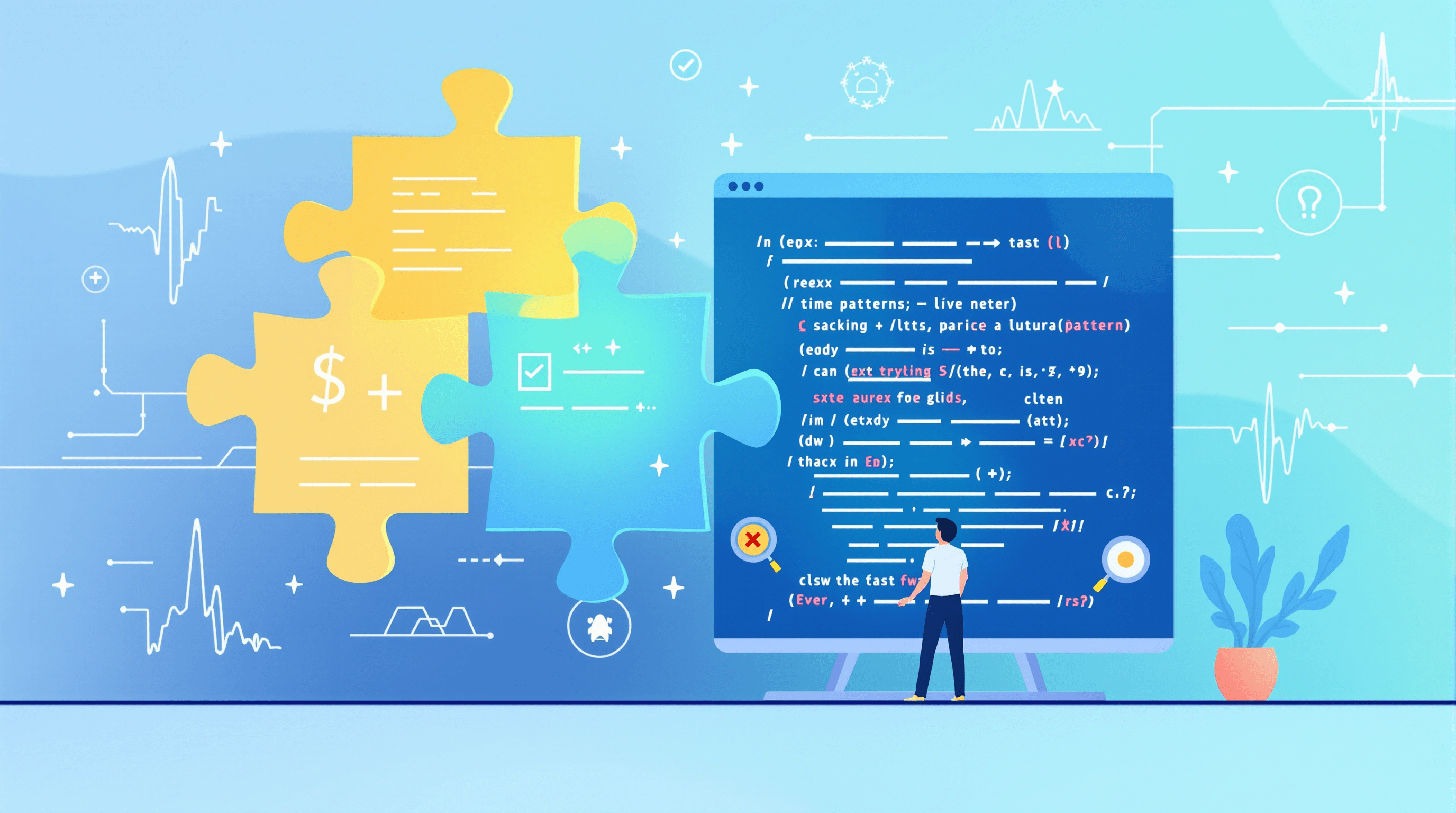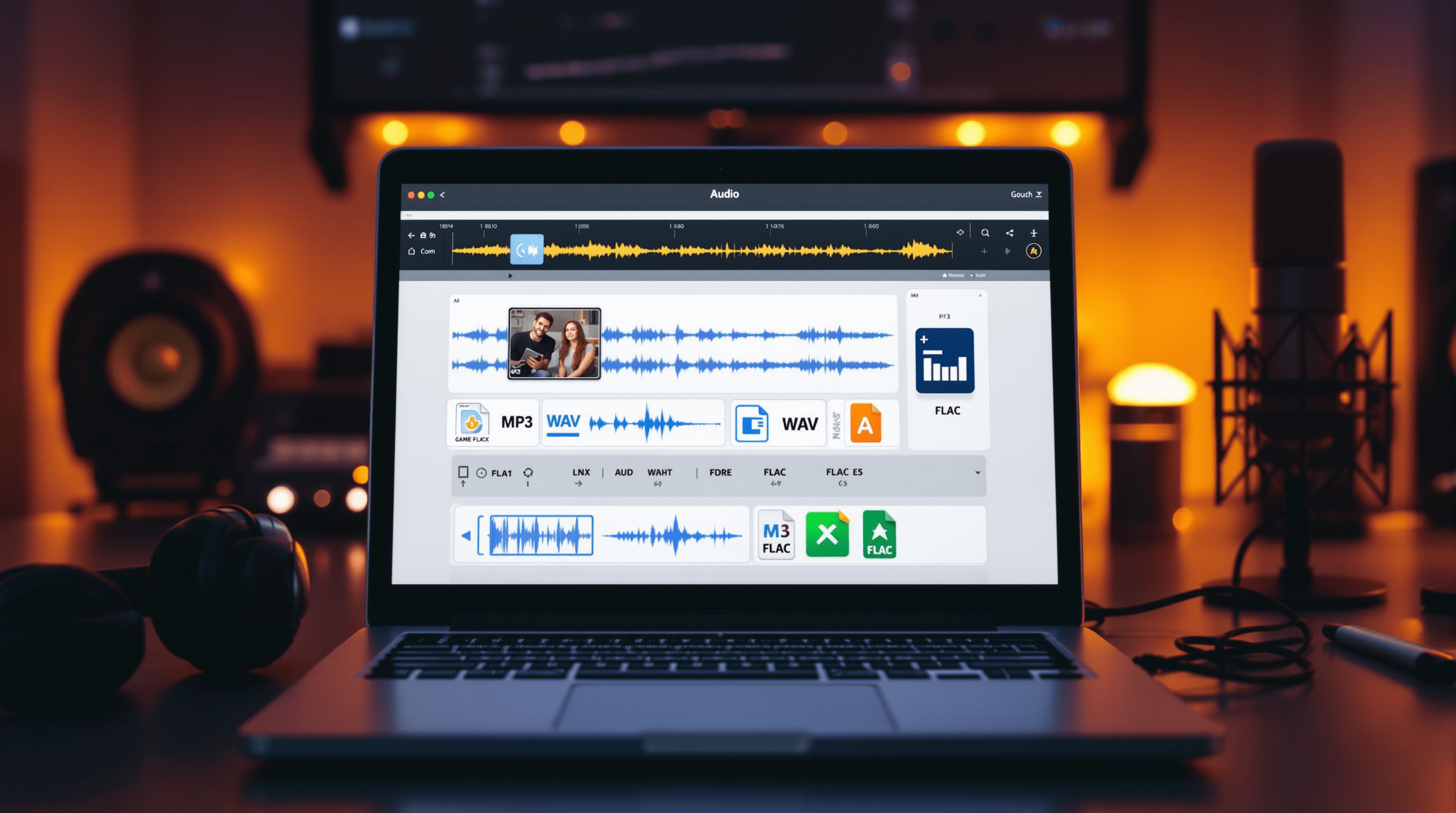Breaking Barriers with Language Detector Tool
_converted_2025-06-26_20-28-31.webp)
In today’s fast-paced, global world, speaking the same language isn’t always possible but understanding each other can be. Thanks to language detection technology, people and businesses can now connect across cultures and borders like never before. Whether you're chatting online, sending a support email, or reading posts in different languages, this technology is helping bridge gaps and make communication easier and faster.
From Basic Tools to AI-Powered Solutions
Not too long ago, language detection tools were basic and could only recognize a handful of popular languages. These early systems worked with simple, rule-based logic and often made mistakes. They struggled with new words, slang, or less common languages.
Then came the power of machine learning and AI. With smart algorithms and neural networks, language detection has become incredibly accurate and much faster. Today’s tools learn from large amounts of text data, picking up on even small differences in writing styles and dialects. Whether you're working with an uncommon African dialect or standard Spanish, these systems can detect the language of text with surprising precision.
How Does Language Detection Actually Work?
At its core, language detection works by analyzing patterns in text. It uses models that focus on word frequency, grammar, syntax, and structure. One powerful method is based on n-grams, short chunks of text, like syllables or letters that give clues about which language is being used.
These AI systems are trained using a mix of supervised and unsupervised learning, where they either learn from labeled examples or figure things out by finding patterns on their own. Advanced models, including deep learning networks, add even more accuracy and speed to the process.
So whether you're using a detect language browser extension or running large-scale detection in a database, today’s tech can identify language from short phrases, full documents, or even web content in real-time.
Where Language Detection is Making a Big Difference
- Customer Service: Companies use language detection tools to automatically route emails or chats to the right team. It saves time and improves customer satisfaction by ensuring people get answers in their native language.
- Social Media Platforms: Sites like Facebook and Twitter use language detection to customize feeds and detect harmful content in various languages. This helps in sentiment analysis and content moderation too.
- Healthcare: In hospitals and online health platforms, quick language detection helps doctors and staff better understand patients who speak other languages. It’s even used in telemedicine and medical research.
- Travel & Tourism: Sites like TripAdvisor and Airbnb use this tech to auto-detect the language of user reviews and tailor content to travelers from around the world.
- Education: Language learning apps use AI to tailor lessons based on users’ native languages and skill levels, helping learners progress faster.
- Disaster Response: Organizations like the Red Cross use language detection in emergencies to share life-saving info in local languages.
How to Use a Language Detector Tool (Step-by-Step)
- Step 1: Visit the Tool - Go to the official Superfile Language Detector Tool.
- Step 2: Paste Your Text - Copy the text whose language you want to identify and paste it into the text field. You can also upload a file.
- Step 3: Click “Detect Language” - The tool will instantly analyze the text using AI-powered algorithms.
- Step 4: View the Results - The detected language will be displayed on the screen within seconds.
- Step 5: Copy or Translate (Optional) - Use the result to copy or translate the text using your favorite translation tool.
Why This Tech Matters for Global Communication
The ability to detect language of text instantly means that people no longer need to rely solely on translators. It opens the door to more natural, real-time conversations—whether you’re in a foreign country, handling international business, or working with teams worldwide.
For companies, this means better customer relationships and smoother global operations. For people, it means fewer misunderstandings and stronger connections across cultures.
Challenges Language Detection Still Faces
- Limited Data for Rare Languages: Many smaller or indigenous languages aren’t well-represented in AI models, which can affect detection accuracy.
- Mixed-Language Texts (Code-Switching): In multilingual regions, people often switch languages in the same message. Current systems still struggle with this.
- Privacy and Ethics: Collecting language data raises questions about user privacy. Tools need to comply with data protection laws and avoid bias.
- Over-Reliance on Automation: As AI improves, it may replace some language-based jobs. We must find ways to support affected workers through training and new opportunities.
What's Next for Language Detection?
- More Inclusive Models: New research is making AI models smarter by including more dialects and languages from around the world, thanks to transfer learning.
- Voice and Text Integration: Combining speech recognition and text-based language detection algorithms will create more natural experiences in apps, websites, and smart devices.
- Faster Edge Computing: Tools that work directly on your device (instead of cloud servers) are speeding up response times and boosting privacy.
Real-World Examples of Language Detection Success
- TripAdvisor: Uses language identification charts and AI to deliver review content in your native language, increasing trust and engagement.
- Duolingo: Detects your language and skill level to personalize lessons, making it one of the most effective language learning platforms.
- UNICEF & Red Cross: During global disasters, these organizations rely on fast language detection tools to get the right messages to affected communities.
Ethical Use of Language Detection Technology
As with all AI, it’s important to use this tech responsibly:
- Make sure language detection algorithms are trained on diverse data to avoid bias.
- Respect user consent and privacy when collecting data.
- Support human translators and interpreters where AI still falls short.
The goal is to use AI to enhance communication, not replace the human touch entirely.
Tags: language detection, language detected, language detection tool, detect language of text, detect language browser, language detection AI, language detection algorithm, language identification chart, body language lie detection
Recent Posts

JPG, PNG, or WebP? Choosing the Right Format After Compression
23 hours ago

How to Split Large PDF Files into Smaller Parts Easily
5 days ago

Common Regex Testing Mistakes (and How to Avoid Them)
6 days ago

Why Audio Converters Are a Game-Changer for Creators
1 week ago

Why Every Business Needs a Website Uptime Checker in 2025
2 weeks ago

Case Letter Converter: Make Your Text Look Instantly Polished
2 weeks ago
